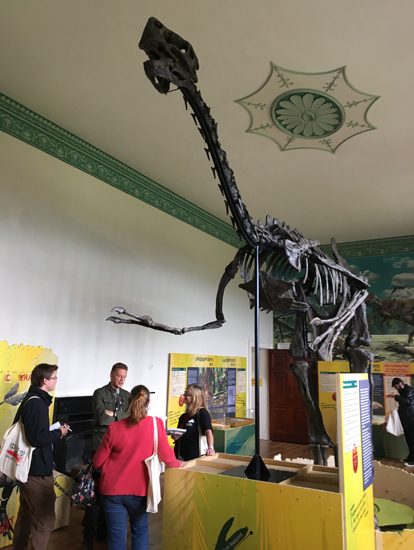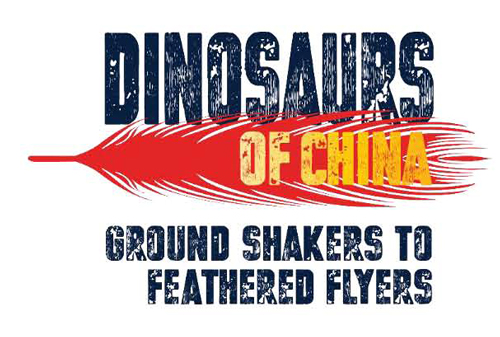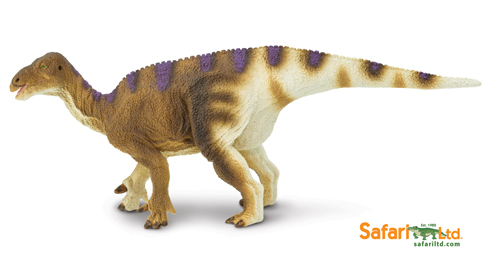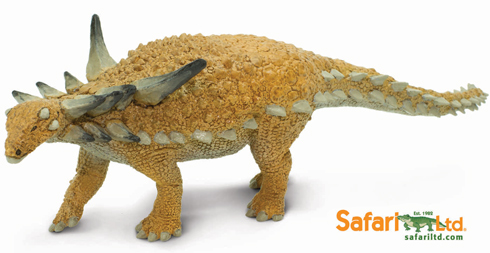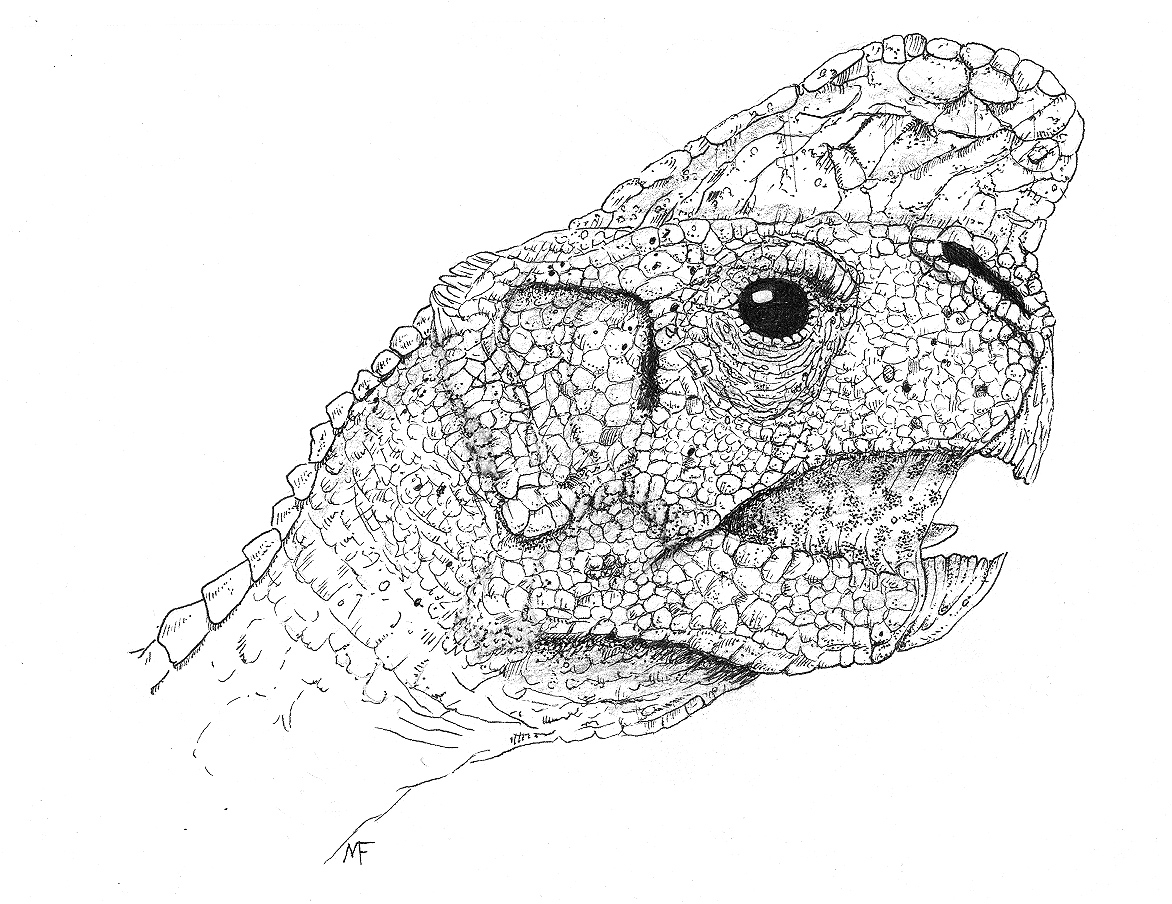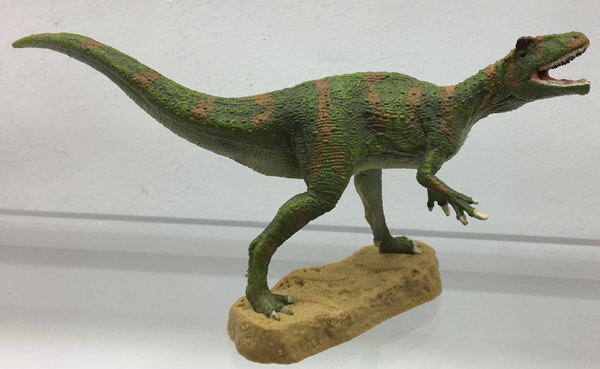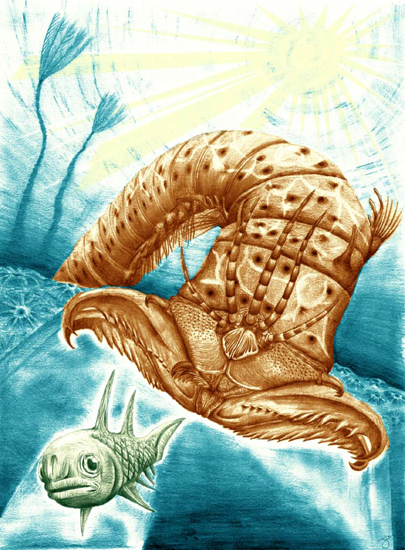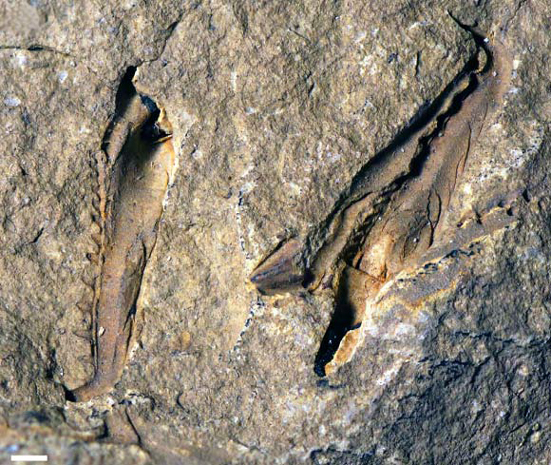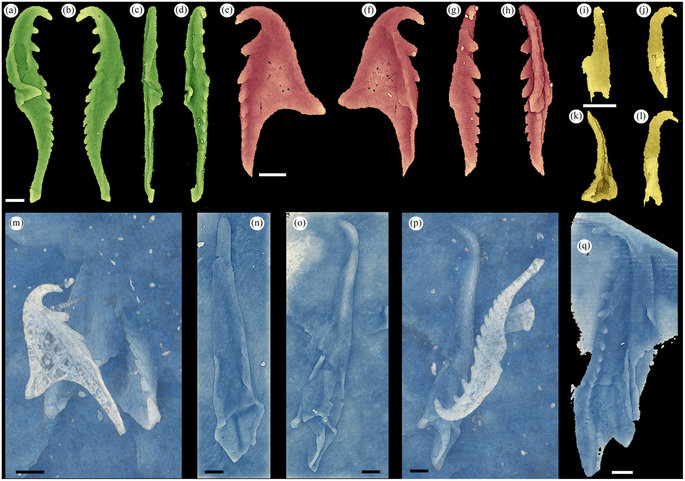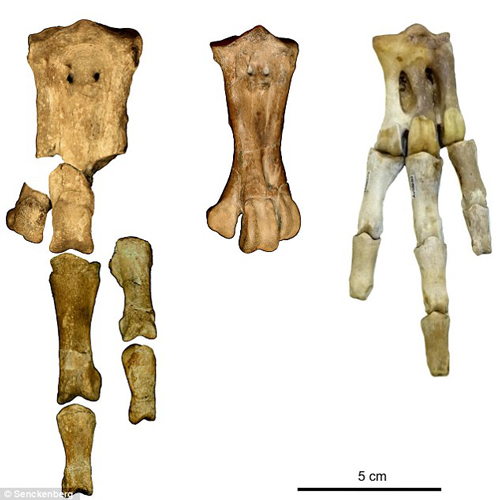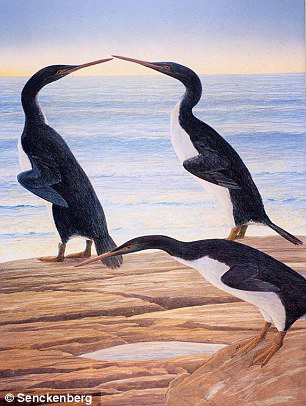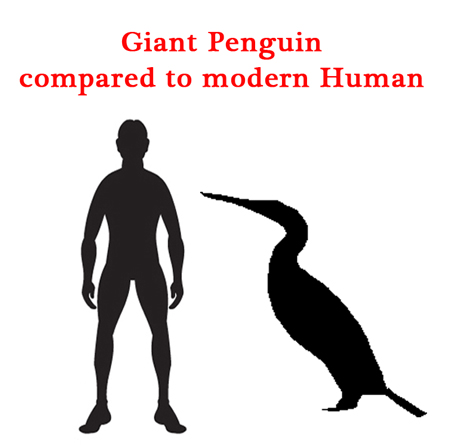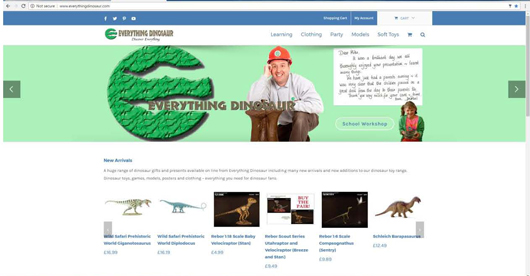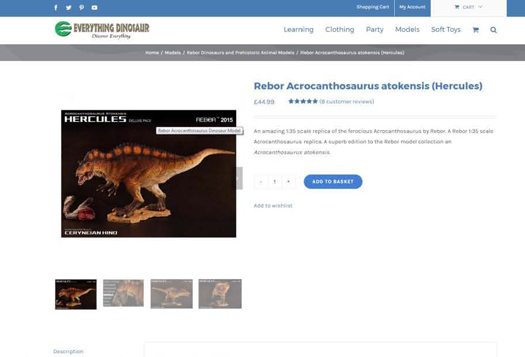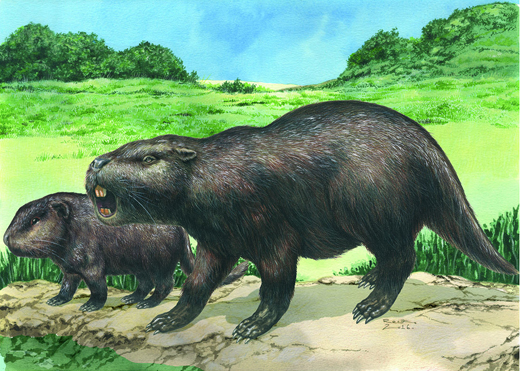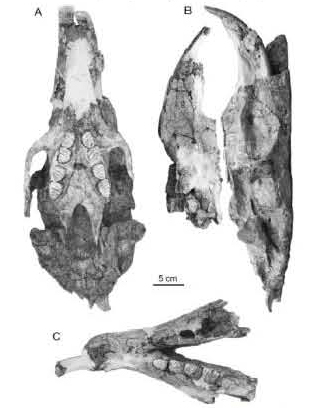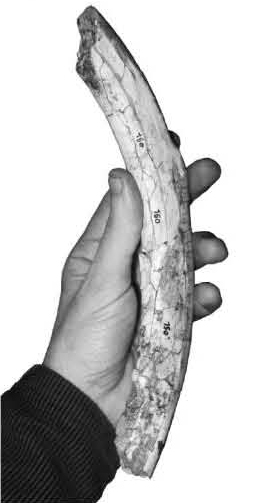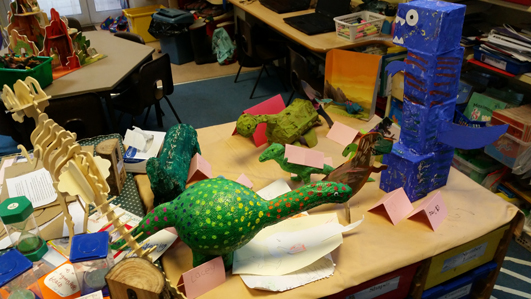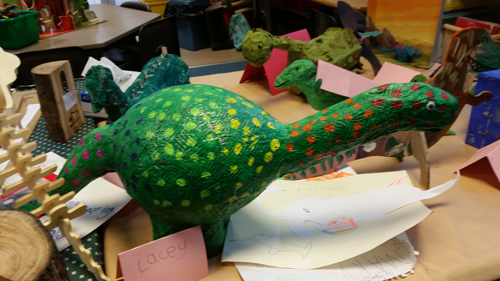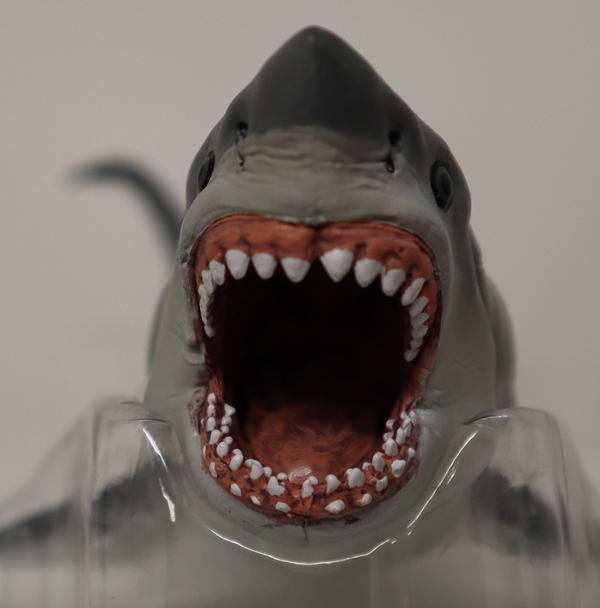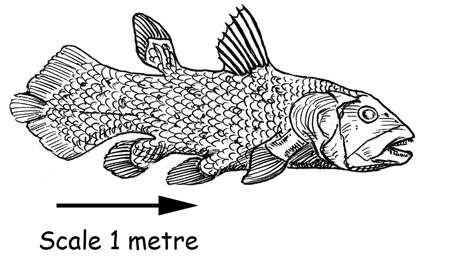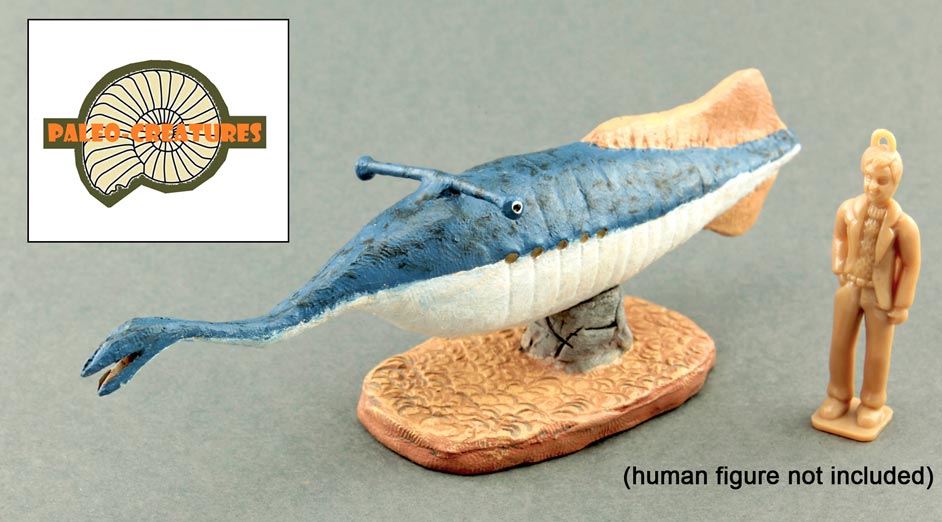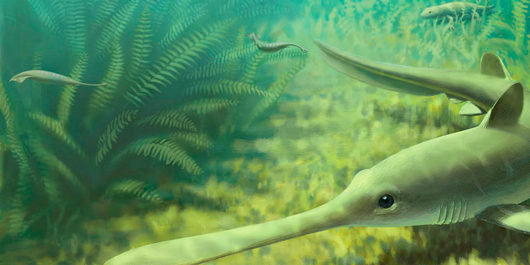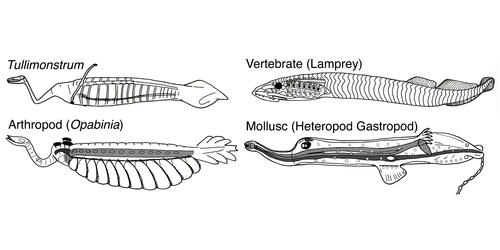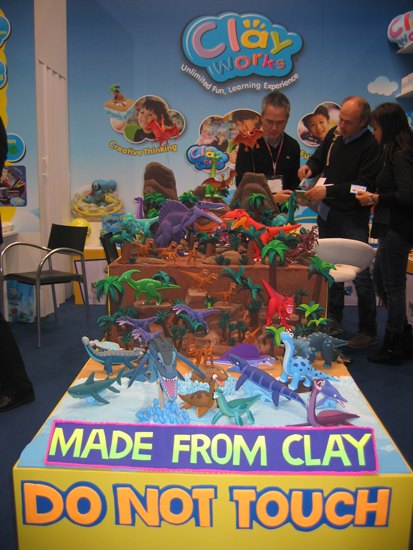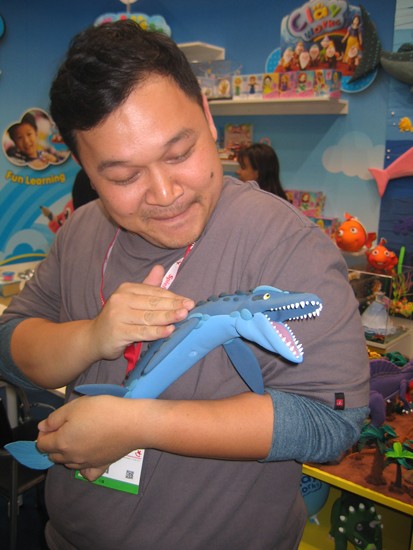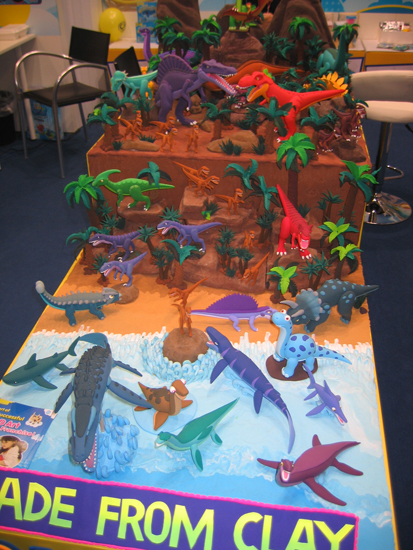New Crowdfunding Campaign Launched (Dinosaurs of China)
Crowdfunding Campaign Offers Dinotastic Rewards!
Just over one hundred and twenty days to wait before the opening of the “Dinosaurs of China – ground shakers to feathered flyers” exhibition in Nottinghamshire. As the countdown continues, a crowdfunding campaign has been launched to give dinosaur fans and prehistoric animal enthusiasts the chance to meet palaeontologists and to get up close and personal to some of the best-preserved dinosaur fossils on the planet, many of which, have not been seen in Europe before.
The campaign is being run by the University of Nottingham’s Lakeside Arts centre as part of the world-exclusive “Dinosaurs of China” exhibition. Featuring such amazing dinosaurs as the mighty Mamenchisaurus and the bizarre Gigantoraptor (G. erlianensis), standing five metres high and weighing as much as a sixty eight-year-old children, this summer event is not to be missed.
Gigantoraptor One of the Star Attraction at the Forthcoming “Dinosaurs of China” Exhibition
Picture credit: Everything Dinosaur
Rewards Money Can’t Buy
Supporters of the crowdfunding campaign will have the chance to earn rewards including experiences that money-can’t-buy and to gain privileged access to the exhibition.
For those who can travel to Nottingham, a pledge of £20 GBP to the crowdfunding campaign will be rewarded with entry to an exclusive lunchtime lecture at Nottingham Lakeside Arts, or £70 GBP will secure one of just thirty tickets to an intimate “Meet the Experts” reception, to learn about the exhibits in more depth with the chance to discuss the fossil finds with the team behind their discovery and excavation.
For £50 GBP, you can even be among the first in the world to get access to the exhibition, with a ticket to the VIP opening night on 30th June.
Dinosaurs of China
Young explorers aren’t left out either, a pledge of £40 GBP to the crowdfunding campaign will be rewarded with a one-hour story telling workshop for a family of four, or a donation of £50 GBP you can secure a hands-on experience with some of the rare exhibits. If you have £100 GBP to spare, young explorers can become a palaeontologist for the day, joining “Diana Saurus”, Lakeside’s very own dino-safari character as she explains about the dinosaurs from the Far-East and discovers the story of how these prehistoric animals evolved.
The Dinosaurs of China Exhibition Starts Soon
Supporting the Campaign
Those further afield can still support the campaign – a pledge of £25 will be rewarded with a limited-edition print; or a Twitter “roar-out” can be gained with a donation of just £5 GBP.
Coming to two locations in Nottingham this summer, Wollaton Hall and Nottingham Lakeside Arts, the Dinosaurs of China exhibition will feature twenty-six of the best-preserved dinosaur fossils in the world, with recently-discovered specimens, some as recently as 2015, which have never before been seen in the UK. These include Mamenchisaurus, the tallest dinosaur skeleton ever seen in the UK and Yi qi, a weird bat-like flying dinosaur discovered in 2015.
The crowdfunding campaign has been set up to support the creation of a dinosaur legacy at the University of Nottingham’s Lakeside Arts centre, to inspire and teach the next generation. The target of £3,000 will be used to build an animatronic baby dinosaur, to teach children about how one group of dinosaurs evolved into the birds that we see around us today.
To view models and figures of many of the dinosaurs featured in the exhibition: PNSO Age of Dinosaurs Figures.
Visit Everything Dinosaur’s award-winning website: Everything Dinosaur.


